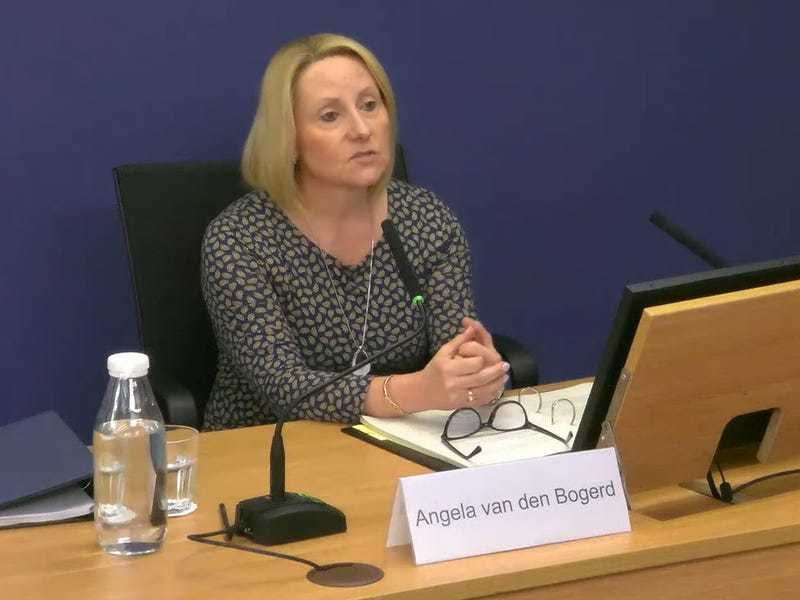New figures show that 251 public-sector employees received pay packages – including salaries and wages, benefits and pensions – in excess of £100,000 last year.
The top earner, thought to be the Bailiff, received a package worth £351,405, £5,000 more than the year before.
Two other States employees received packages worth between £280,000 and £320,000. All three are listed as being members of ‘non-ministerial bodies’.
The average salary, excluding pension payments and benefits, of those earning over £100,000 was £136,486.
Former States chief executive John Richardson is shown to have had a pension pot of £3,203,000 when he retired in November last year. His salary in 2017 was between £210,000 and £215,000.
The second- and third-largest pension pots listed belonged to Health chief officer Julie Garbutt (£2,142,000), who is due to retire in July, and Judicial Greffier Advocate Paul Matthews (£2,026,000). In 2017, they earned salaries of £185,000 and £120,000 respectively.
The figures were released as part of the States of Jersey Annual Report and Accounts.
The 336-page document reveals that there has been a slight reduction in the number of States employees with six-figure earnings. In 2016, 108 people took home more than £100,000 just in salary (without pensions and benefits factored in) and a further eight received over that figure when redundancy payments were also factored in. The comparable numbers for 2016 were 113 and 22.
In addition, the report and accounts list the salaries and pensions of States directors, who received no taxable benefits-in-kind or bonuses last year. As the JEP reported last week, 13 per cent of directors are female, a figure which raised concerns about gender diversity in the top echelon of the public sector.
On 1 January 2019, the majority of States employees will transfer from a final-salary pension scheme (Public Employees Contributory Retirement Scheme) to one based on career-average earnings.
All those who joined the States on or after 1 January 2016 are already on a career-average scheme, which is funded through the employees’ and employers’ contributions. The contributions are invested to help provide benefits in future years.






